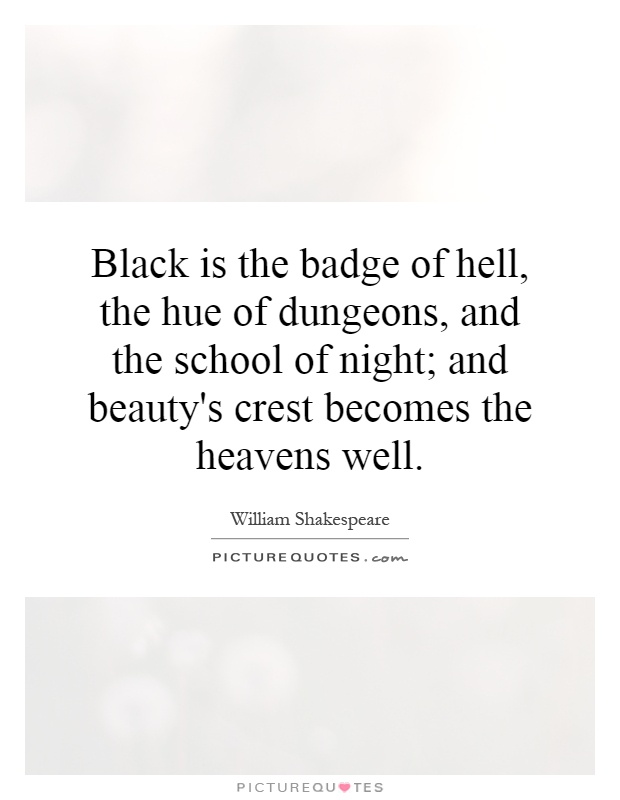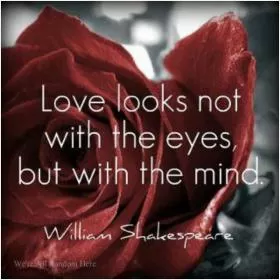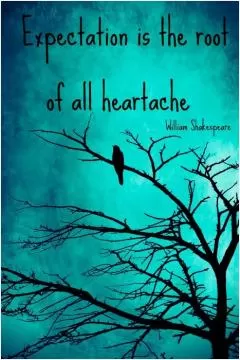Black is the badge of hell, the hue of dungeons, and the school of night; and beauty's crest becomes the heavens well

Black is the badge of hell, the hue of dungeons, and the school of night; and beauty's crest becomes the heavens well
In William Shakespeare's works, the color black is often associated with darkness, evil, and despair. In his play "Othello," for example, the character Iago describes jealousy as a "green-eyed monster which doth mock the meat it feeds on," suggesting that jealousy is a destructive force that consumes its victims from within. Similarly, in "Macbeth," the titular character is driven to madness and murder by his own ambition, which is symbolized by the color black.The quote "Black is the badge of hell, the hue of dungeons, and the school of night; and beauty's crest becomes the heavens well" can be interpreted as a reflection of Shakespeare's understanding of the complexities of human nature. In this quote, black is described as the color of hell, dungeons, and the night, all of which are associated with darkness and evil. However, the quote also suggests that beauty can be found even in the darkest of places, as beauty's crest becomes the heavens well.
Shakespeare often explores the themes of light and darkness in his plays, using them as metaphors for good and evil, truth and deception, and love and hate. In "Romeo and Juliet," for example, the characters Romeo and Juliet are described as "star-crossed lovers," whose love is doomed from the start. The play is filled with references to light and darkness, with the characters often using light to symbolize love and darkness to symbolize death.












 Friendship Quotes
Friendship Quotes Love Quotes
Love Quotes Life Quotes
Life Quotes Funny Quotes
Funny Quotes Motivational Quotes
Motivational Quotes Inspirational Quotes
Inspirational Quotes